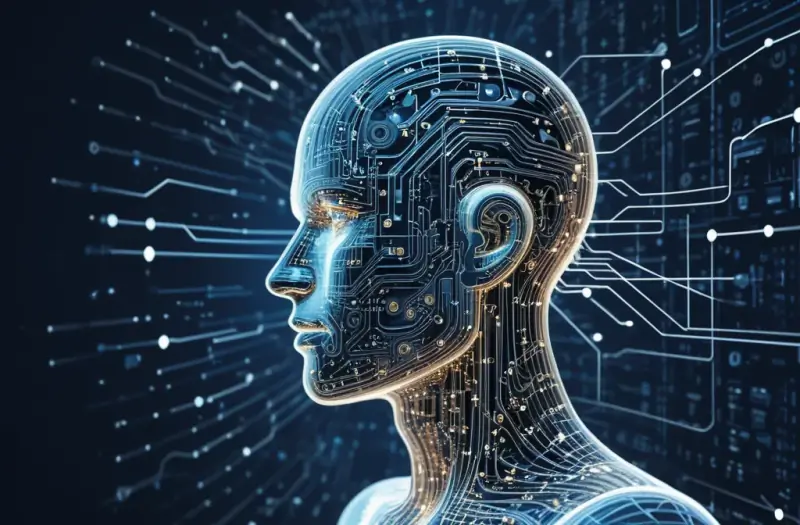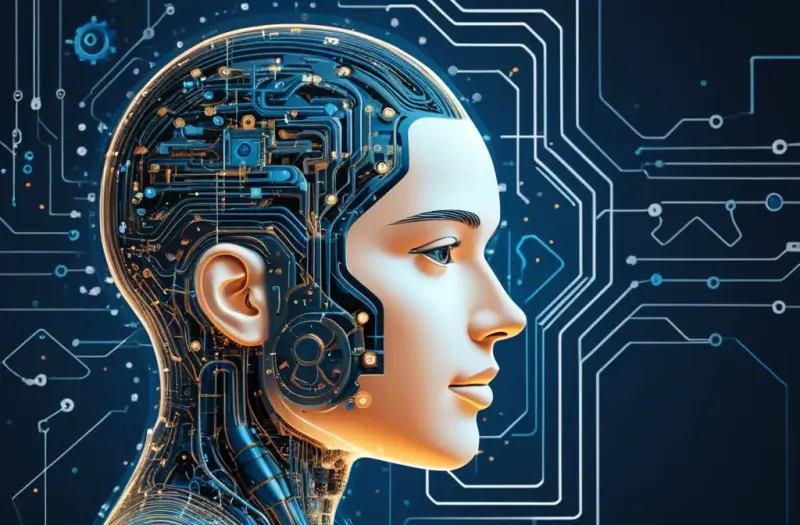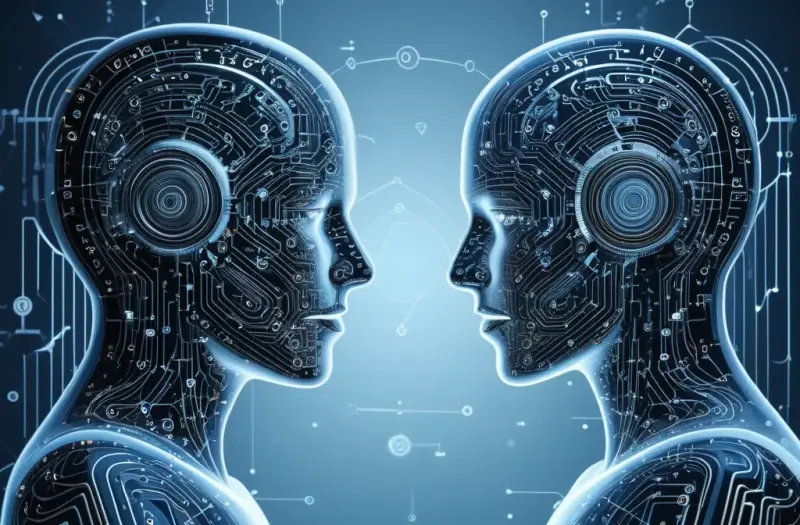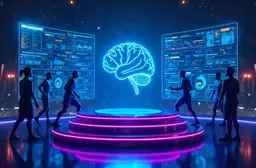Machine Learning: Algorithms, Techniques, and Applications

Table of Contents
Introduction
As we step further into the digital age, machine learning (ML) is becoming an essential component of our daily lives. From personalized recommendations on streaming services to advanced medical diagnostics, the impact of ML is undeniable. In this guide, we’ll delve into the core concepts, applications, and emerging trends that define this fascinating field.
At its essence, machine learning is a subset of artificial intelligence (AI) focused on developing algorithms that enable computers to learn from and make predictions based on data. By harnessing the power of data mining and predictive analytics, we can create intelligent systems that improve over time without explicit programming.
Understanding Machine Learning Concepts

Machine learning encompasses various approaches and methodologies that can be categorized into three main types: supervised learning, unsupervised learning, and reinforcement learning.
Supervised Learning
In supervised learning, we train algorithms on labeled datasets, which consist of input-output pairs. For example, a dataset may contain images of cats and dogs labeled accordingly. The model learns to identify patterns and make predictions on new, unseen data.
- Common Algorithms:
- Linear Regression
- Decision Trees
- Support Vector Machines
By understanding these algorithms, we can tailor our approaches to specific problems, ensuring optimal results in applications like spam detection or credit scoring.
Unsupervised Learning
Unsupervised learning, on the other hand, deals with unlabeled data. Here, the model seeks to identify hidden patterns or intrinsic structures within the dataset. For instance, clustering algorithms can group customers based on purchasing behavior without prior knowledge of customer segments.
- Key Techniques:
- K-Means Clustering
- Hierarchical Clustering
- Principal Component Analysis (PCA)
This approach is instrumental in applications such as market segmentation and anomaly detection, where we uncover insights without predefined categories.
Reinforcement Learning
Reinforcement learning is a more dynamic approach, where an agent learns by interacting with its environment. Through trial and error, the agent receives feedback in the form of rewards or penalties, allowing it to refine its strategies over time.
- Applications:
- Game Playing (e.g., AlphaGo)
- Robotics
- Autonomous Vehicles
By understanding these foundational concepts, we can appreciate how diverse and impactful machine learning has become across various sectors.
Applications of Machine Learning
Machine learning is not just a theoretical concept; its applications are vast and growing. Let’s explore some key areas where ML is making a significant impact.
Healthcare
In healthcare, ML algorithms enhance diagnostic accuracy, optimize treatment plans, and predict patient outcomes. For instance, deep learning models analyze medical images, identifying tumors with remarkable precision.
- Benefits:
- Early Detection of Diseases
- Personalized Treatment Plans
- Efficient Resource Management
With the integration of AI algorithms in healthcare, we are witnessing a transformation in patient care and operational efficiency.
Finance
The finance sector utilizes machine learning for fraud detection, credit scoring, and algorithmic trading. By analyzing transaction patterns, banks can identify unusual activities that may indicate fraud.
- Applications:
- Credit Risk Assessment
- Stock Market Prediction
- Customer Behavior Analysis
Machine learning helps financial institutions make informed decisions while minimizing risks.
Marketing
In marketing, machine learning enhances customer engagement through targeted advertising and personalized content. By analyzing user behavior, businesses can tailor their offerings to individual preferences.
- Techniques:
- Predictive Analytics
- Sentiment Analysis
- Recommendation Systems
This leads to more effective marketing strategies and improved customer satisfaction.
Future Trends in Machine Learning

As we look ahead, several trends are shaping the future of machine learning. Understanding these can help us prepare for the evolving landscape of technology.
Increased Adoption of Deep Learning
Deep learning, a subset of machine learning, utilizes neural networks to model complex patterns in large datasets. Its ability to process unstructured data, such as images and text, is driving advancements in various fields.
- Example: Natural Language Processing (NLP) applications, like chatbots and virtual assistants, are becoming more sophisticated.
As deep learning continues to evolve, we expect even greater innovations in computational learning.
Explainable AI
With the rise of machine intelligence, there’s a growing need for transparency in ML models. Explainable AI focuses on making the decision-making process of algorithms more understandable to users.
- Importance:
- Building Trust
- Ensuring Ethical Use
- Complying with Regulations
As organizations adopt machine learning, understanding how models arrive at conclusions will be crucial.
Automation and Smart Algorithms
The future will see an increase in automation, driven by smart algorithms that optimize workflows and decision-making processes. From supply chain management to customer service, these algorithms will improve efficiency and reduce costs.
- Benefits:
- Enhanced Productivity
- Reduced Human Error
- Increased Scalability
The potential for automated decision-making is vast, paving the way for innovations across industries.
FAQs
What is machine learning?
Machine learning is a branch of artificial intelligence that focuses on developing algorithms that enable computers to learn from data and make predictions.
How is machine learning applied in everyday life?
Machine learning is used in various applications, including recommendation systems, fraud detection, and personalized marketing.
What are the differences between supervised and unsupervised learning?
Supervised learning involves training models on labeled datasets, while unsupervised learning seeks to identify patterns in unlabeled data.
What role does deep learning play in machine learning?
Deep learning is a subset of machine learning that uses neural networks to process large amounts of data, particularly unstructured data.
Why is explainable AI important?
Explainable AI is crucial for building trust in machine learning models, ensuring ethical use, and complying with regulatory requirements.
Conclusion
In conclusion, machine learning is reshaping our world through its diverse applications and innovative technologies. By understanding the core concepts, applications, and future trends, we can harness its potential to drive advancements in various sectors.
Key Takeaways
- Machine learning includes supervised, unsupervised, and reinforcement learning methods.
- Applications span healthcare, finance, and marketing, enhancing efficiency and decision-making.
- Future trends include increased adoption of deep learning, explainable AI, and automation through smart algorithms.
As we continue to explore and expand upon these topics, we invite you to stay informed and engaged in the dynamic field of machine learning.
Popular Tags
ADS SPACE HERE


